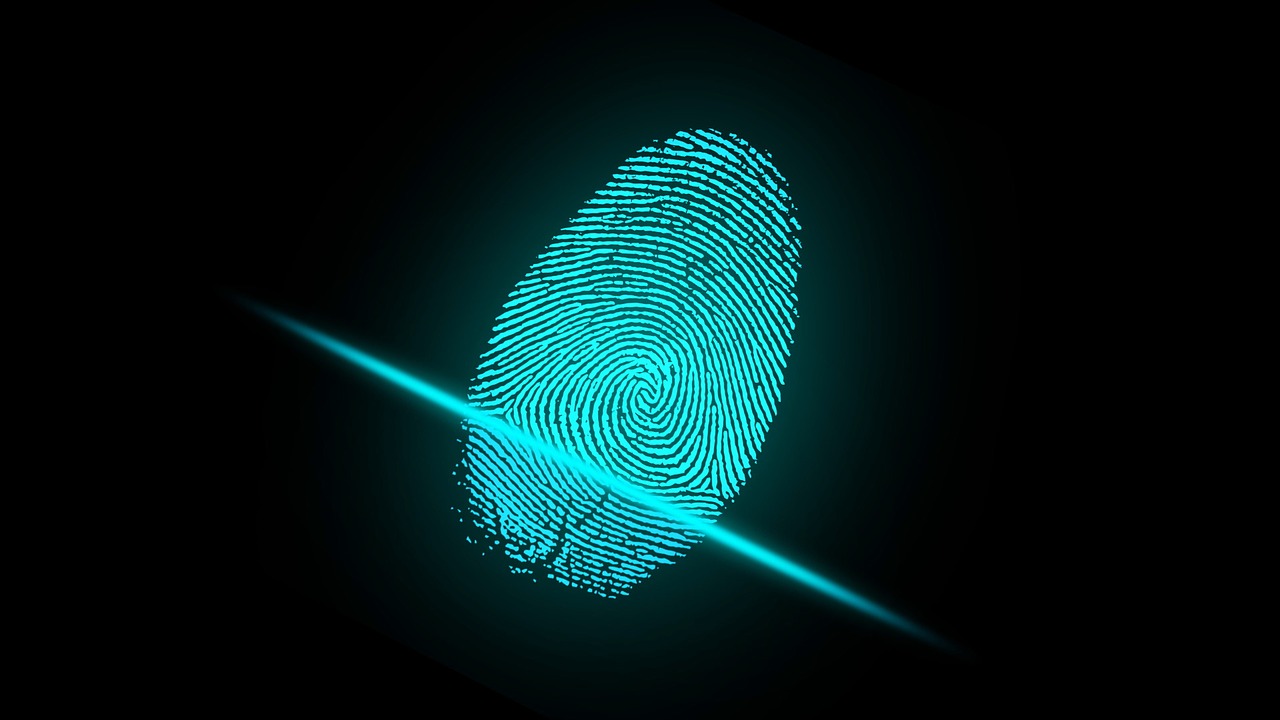Biometric technology isn’t just for James Bond. In fact, it is already part of our daily lives. You’ve likely used it to sign into your iPhone with your thumbprint, or used the facial recognition feature on Facebook to tag your friends in a photo.
Today, a growing number of private and public organizations (including schools, banks, and businesses) are using biometric technology to verify the identities of students, customers and employees. More and more students are accessing buildings and school-provided iPads with facial recognition software, and many corporations have already replaced old school employee ID badges with fingerprint technology.
What are Biometrics?
Biometrics are body measurements and calculations that capture the unique characteristics that make you, you. Examples include your fingerprints, face shape, personal scent, or vein patterns. These are physiological characteristics, separate from your behavior. Biometrics are unique, hard to replicate, and in a few years they will likely replace the easy-to-forget sea of personal passwords we struggle to protect today.
Types of Biometric Authentication
Did you know that our ears are as unique as our fingerprints? Some of the stranger forms of biometric authentication currently in R&D include vein and scent recognition, eye movement — even “butt matching.” Research has shown that we all have a unique sitting style, prompting a Japanese car seat manufacturer to research how to identify drivers by their posterior prints. Eventually their research could translate into cool features like automatically starting the vehicle or re-setting mirrors and seat positions.
Let’s take a look at commonly used forms of biometric security technology:
Facial Recognition
Facial recognition technology uses cameras to map facial features and compare them to information in a database. The technology has come a long way since its humble beginnings in 1964. Today’s algorithms can distinguish between identical twins!
Finger/Palm Prints
Finger and palm prints are like snowflakes—no two are alike. This form of authentication has been studied for over a century and is usually collected via a scanner or latent approach using powder. Unlike other forms of biometrics, fingerprinting is cost effective and widely used.
Voice Authentication
Voice authentication technology uses the sound produced by your unique combination of vocal tract, lips, nasal cavities and mouth to make a 1:1 match. It is sometimes confused with voice recognition, which is used to identify an unknown speaker, by making a 1 to many match, again, using a database.
Iris Scans
Iris scans have eclipsed retinal scans in accuracy and are now a preferred technology. When magnified, our irises resemble a beautiful web of strands and fibers that can be mapped to a database, and used to identify us.
Is Biometric Technology Foolproof?
We’ve talked about how biometric technologies rely on distinctiveness (the unique swirls of your fingerprint) but they also rely on permanence. In other words, something as simple as a head cold or blister can distort our palm and voice prints. Our faces grow and change as we age, and could confuse facial recognition software. Certain eye surgeries that leave scars over the iris (such as intraocular lens implants) could impact iris recognition. No system is perfect.
The rate at which we adopt biometric security into our lives will depend on variables such as cost, evolving technology, and user-friendliness. The death of the password may (literally) be at hand.


